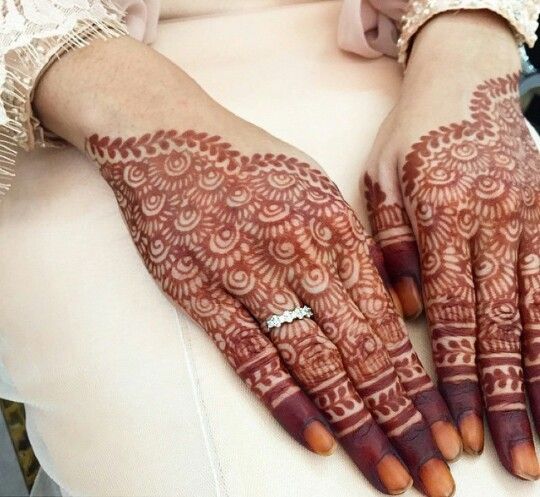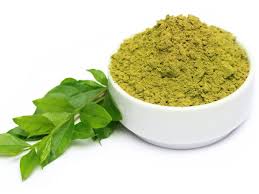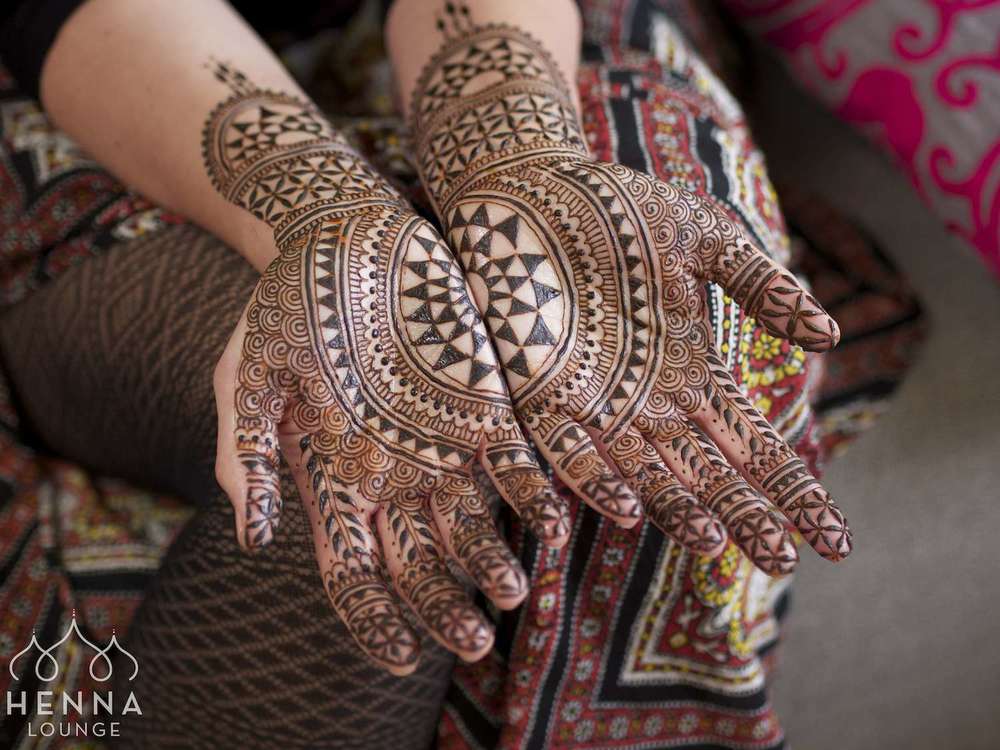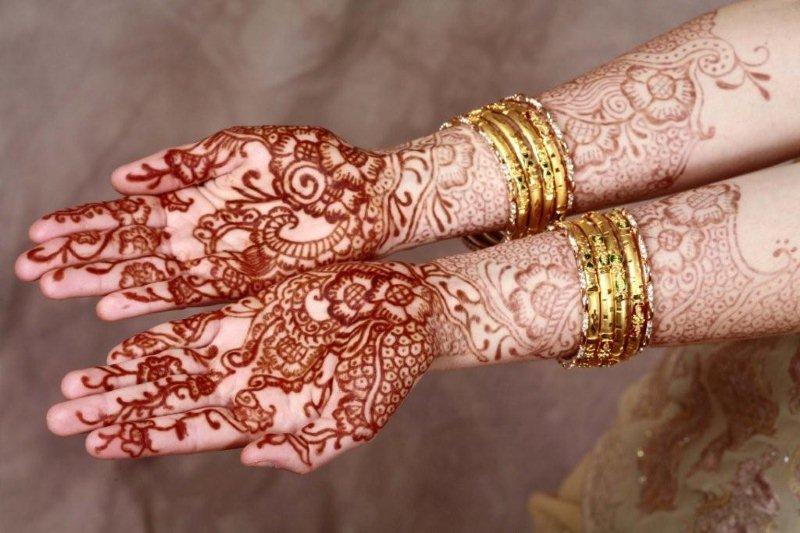The History of Henna Tattoos
The History of Henna Tattoos
The history of henna tattoos is incredibly fascinating and just as interesting as the henna tattoo designs themselves. Henna tattoos are absolutely beautiful and fun. The history behind the well recognizable henna tattoo is so incredible and we want to share some fun facts about the history of henna tattoos with you! If you are hesitant about getting a henna tattoo or just curious about henna, we have put together a little bit of information about all aspects of henna tattoos for you to enjoy. We love henna and we hope you to love it too!
 What is henna?
What is henna?
The history of henna tattoos is not really relevant until you know what henna is. Henna is a flowering plant that can grow up to 15 feet tall. The henna plant has a variety of names including henna tree, hina, and Egyptian privet. The name henna is a direct reference to the dye that the henna plant produces as well as the name of the popular henna tattoo. The henna plant produces the dye that is used in henna tattoos. The dye in the henna plant has been used for many years which is why there is such a rich and vibrant history of henna tattoos. Henna has been used to dye skin in the traditional henna tattoos but also has been used to dye different types of fabric, finger nails and hair.
How is henna made?
The henna plant doesn’t dye everything it touches, the leaves must be treated in order for the henna to work. First the henna leaves need to be dried and ground up. Lastly, these leaves are mixed with a little bit of lemon juice and then become grounded up so finely that they become the paste that many people are familiar with. Sometimes, people add a drop or two of a specific essential oil into their henna tattoo paste. This is not very common because there is a chance of having irritated skin from the essential oil.
Natural verses Black Henna
There are a variety of henna pastes available but it is very important to only use natural henna paste. Black henna ink can potentially be very harmful to the skin. It can be very easy to tell the difference between the two. First, read the ingredients listed. Natural henna should include very little ingredients and all natural components. It should have a very earthy smell and be made from a green powder. Black henna is chemically altered to create a darker and more permanent look. The history of henna has always been a reddish orange colored dye that lasts no longer than four weeks.
How does Henna work?
Natural henna is made up of natural products. Henna paste contains natural properties which react with the skin which creates the reddish, orange stain look that we are all familiar with. Our skin contains keratin which is what causes the dye to react with skin. The henna dye stains the darkest where the skin is thickest like on the bottom of feet and palms of our hands. The best henna is made from the highest quality plants which will leave the darkest stain on the skin. It also depends on how dark or light the individual skin is. The henna paste will leave the skin a light orange and get darker within two or three days. Consequently, the henna will eventually fade away.
Origin of Henna
There are many written records or pictures of ancient civilizations using henna dye. There is evidence that henna has been apart of the different cultures in many countries all over the world. Additionally, The most common country associated with henna is India but there are other countries known for their history of henna tattoos. Many countries in Africa, including Egypt often participated in using henna. Pakistan and other middle eastern countries are given credit for the history of henna tattoos. It is thought that henna was used as some sort of air condition. Additionally, Henna contains cooling properties which is why it is thought to be used as a cooling method especially for those who lived in very hot and dry areas.

It is document that the ancient Egyptians had henna tattoos as well. That Cleopatra herself was in love with a beautiful henna tattoo. The history of henna tattoos are truly fascinating!
It is thought that as people noticed the different designs that could be made with henna is what caused the art aspect of henna tattoos. This led to the decorative natural of the henna tattoos that we see today. In the history of henna tattoos, people decorated their bodies with henna tattoos. How cool is that? If you weren’t able to afford jewelry, henna tattoos were another way to accessorize or to show of an individuals unique style.
In the History of Henna tattoos, where were they worn?
Traditionally, henna tattoos were a large part of celebrations. These celebrations are typically very special and joyous events. These events are typically, weddings, holidays and birthdays. Events like these are perfect for a beautiful henna tattoo now days as well! Traditionally these events that have henna tattoos take place in middle eastern countries, India and places in Africa. One of the biggest reasons to wear henna was during a wedding. Brides typically have very detailed henna tattoos all over their bodies. Many bridal designs are designed by multiple henna artists and can take many hours to complete.
It is said that a bride doesn’t have to do household chores until her henna fades and the darker the stain is the better the marriage!
Where to wear henna today?
Henna is so versatile and can be worn absolutely anywhere! It is literally wearing art on your skin! It isn’t permanent which makes it great to just spice up your look for a little bit. Just like the history of henna tattoos, look great during celebrations but are also great for a casual everyday look as well. Henna tattoos are so fun and a great way to break in the warmer summer months or to beat the winter blues! We absolutely love henna tattoos and find the history of henna absolutely fascinating! Now that you know a little more about the history of henna tattoos, it makes getting your next henna tattoo that much more exciting!
